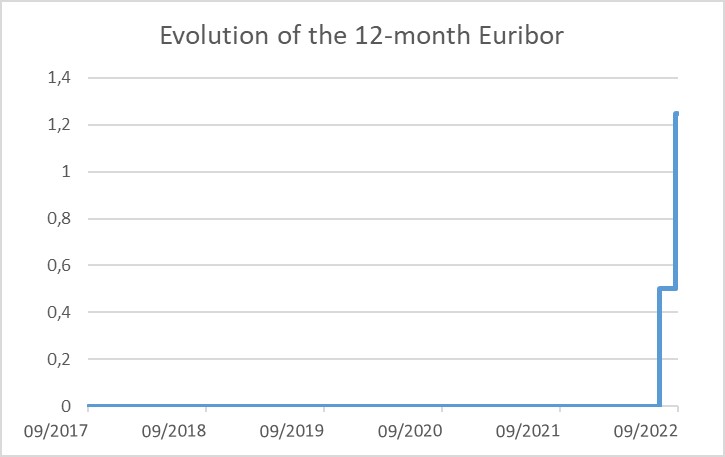Central banks continue to set the pace for markets
20 September de 2022

The central banks and inflation continue to set the pace in the markets. With inflation yet to ease, the central banks are continuing with their aggressive monetary policies. The European Central Bank has decided to act decisively, implementing the largest rate increase in its history. Meanwhile, in the United States, the Federal Reserve is also continuing its trend of rate hikes, as are other central banks around the world, within a context in which a slowdown of the world economies and a potential recession seem more like certainties than likelihoods.
1. The ECB increases its rate by a record 75 basis points
At its monthly meeting on 8th September, the European Central Bank finally implemented the largest rate rise in its history, with an increase of 75 basis points, thus continuing along the path of reducing the monetary stimuli applied since the end of last year and the reductions in sovereign bond purchases. This will bring the cost of money in Europe to its highest level since 2011. At the post-meeting press conference, Christine Lagarde, the President of Europe’s most prominent monetary policy institution, acknowledged that inflation could rise further in the short term and that the economy may slow substantially throughout the rest of 2022. Within this context, key benchmarks such as the 12-month Euribor have risen sharply, increasing from the zero rate applied for years to 1.25 in 2022.

Source: Bloomberg 09/2022
2. CPI in the United States
The inflation rate in August in the United States stood at 8.3%, only two tenths of a percentage point lower than in July. The general expectations were that the inflation figures would be much higher than they turned out to be, due to the drop in fuel prices recorded in recent weeks. The sharp increases in food prices, medical services and new cars have prevented inflation from falling even further. On the other hand, underlying inflation stood at 6.3%, a rate higher than expected. However, these new figures confirm that headline inflation may have put the 9.1% peak recorded in June behind it and that the downward trend is likely to continue in the coming months.
3. Measures taken to save energy in Europe
European governments are seeking a strategy to reduce demand for Russian oil and gas by cutting consumption in the coming winter. It should be highlighted that the cuts in the supply from Moscow are not the same for everyone. Countries such as Germany, Italy and France are the most vulnerable ones, as they import around 40% of their natural gas from Russia. In contrast, Sweden and Finland should not notice Putin’s supply restrictions. As for Spain, it only receives around 10% of its gas from Russia. Countries such as Germany have decided to restrict temperatures in official buildings, not to heat areas that aren’t regularly used, and reduce street lighting at night.
#MoraBancExperts



